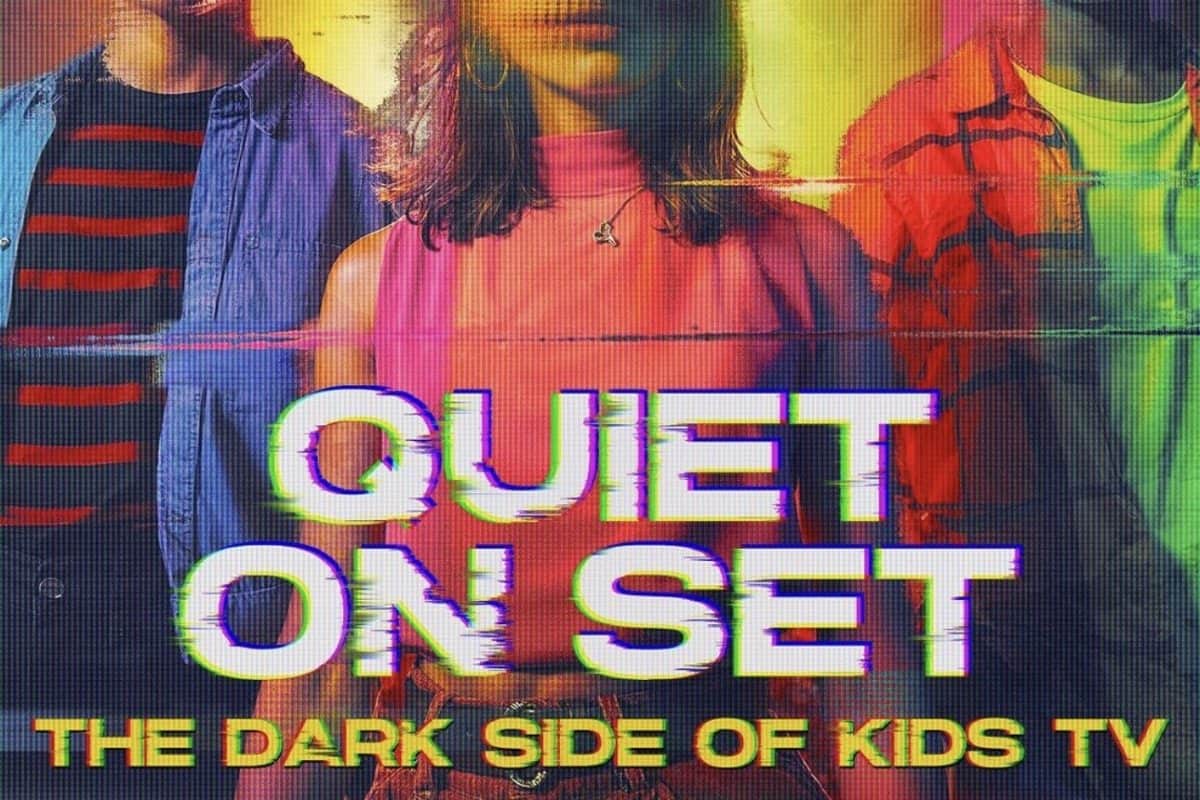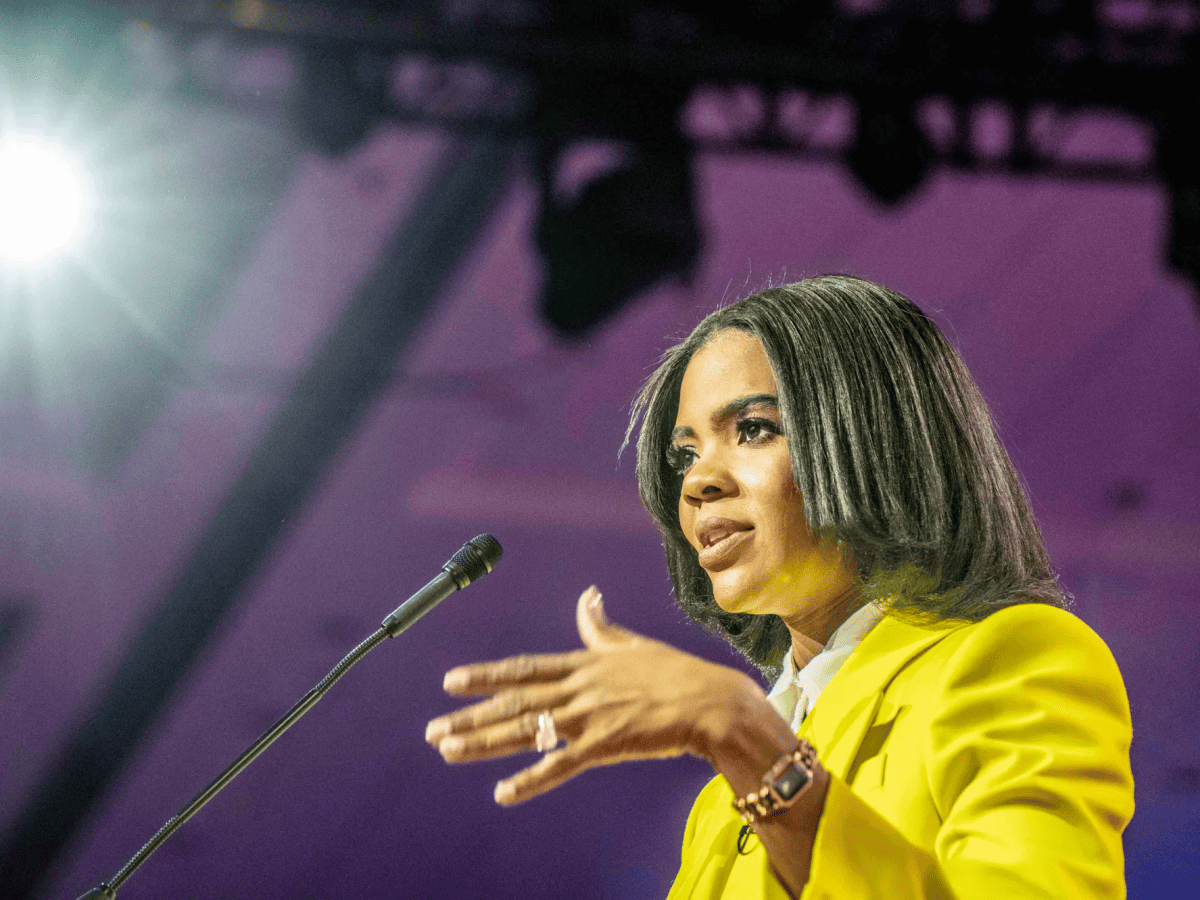It is no secret that America is increasingly becoming a salad bowl rather than a melting pot. We are one of the most diverse nations on the planet, yet we are very divided racially. Even at The University of Alabama, where the campus population is predominantly white, a glance around the Ferguson Food Court proves that there is still racial division on campus. Furthermore, recent national events, from the election of Barack Obama to the Ferguson riots, prove that racial tension is still alive.
Although there has been a large increase in racial equity in the United States since the 1960s, true racial equality has yet to be achieved. The Pew Research Center’s “Martin Luther King Jr. Race Survey” has several surveys that prove this point. In 2012, African-Americans had a high school graduation rate of 86 percent; it was 23 percent in 1962. What’s most interesting in this survey though, are the answers to the questions “How much progress toward racial equality has the U.S. made in the past 50 years?” and “How much more needs to be done?” Each question has the same answer: a lot (45 percent for the former and 41 percent for the latter).
Creating racial equity is difficult because the barrier often is not solely race. An August 2014 New York Times article, “America’s Racial Divide, Charted” concludes that gaps between white Americans and black Americans are increasing in unemployment (even for those with higher education), higher education and homicide, among others. These gaps can oftentimes be more polarizing than race.
Part of the reason we have racial and ethnic barriers is for these groups to maintain their cultural identities, which is why some believe that some racial separation and isolation is not completely a bad thing. However, a “colorblind” society doesn’t have to come at a cost to cultural heritage.
Conversations about race and ethnicity allow us to share our cultural backgrounds with others. These conversations are an opportunity to help us understand elements of other cultures. Ignorance of other cultures produces fear and misunderstanding, which has led to racially and ethnically-charged violence. Until more of us are comfortable with having these conversations, there isn’t going to be enough change.
In my high school, for example, if a black kid hung out largely with whites, he or she was “not really black,” as though being black was bad. I also remember similar comments being made about white kids who would only hang out with black people. This sort of labeling is why many parents worry about their children losing their racial identity. In addition to being harmful and offensive, these comments don’t really work to build racial equity. For many reasons, race is important, but it shouldn’t be when it comes to choosing friends.
Not talking about these issues rarely does much good, and it will certainly never bring different races and cultures together. Michelle Norris, author of “The Grace of Silence” and creator of “The Race Card Project,” wrote: “There is a grace in silence. But there is always power in understanding.”
King’s dream is still yet to be realized. Perhaps we will never realize it. Until we do so, understanding the many cultures that exist within the United States will help eliminate the ignorance that has plagued us for so many years.
John David Thompson is a sophomore majoring in political science. His column runs biweekly.






